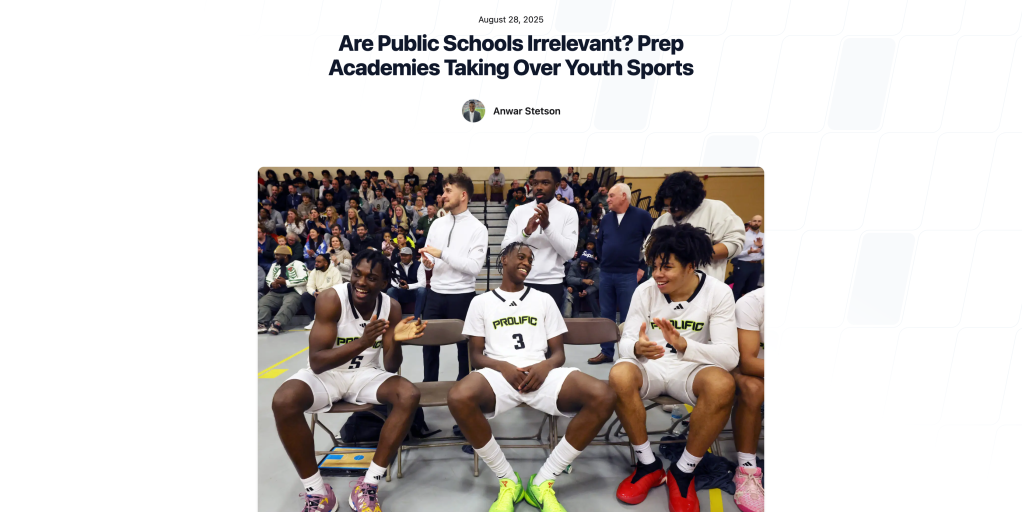The $40 Billion Game: Take a Look at Some of the Biggest Youth Sports Facilities
Anwar Stetson
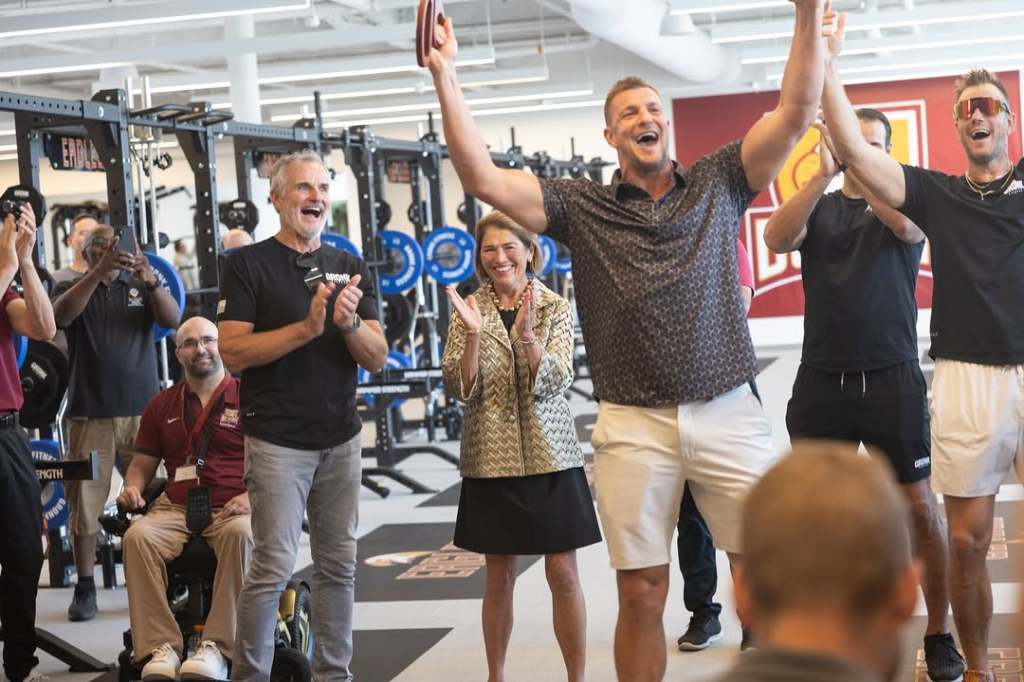
Youth sports are growing at an exponential rate, turning into a $40 billion industry, according to a recent report from the New York Times. With the growth of high school NIL deals, prep academies, social media, and even private equity, the business of youth sports is bigger than ever.
Today’s most high-profile high schools look like colleges, and some colleges have better facilities than professional teams. Gone are the days of rancid, aesthetically bland locker rooms. Let’s look at some of the massive investments from big names in youth sports.
Gronk Smashes Pocketbooks
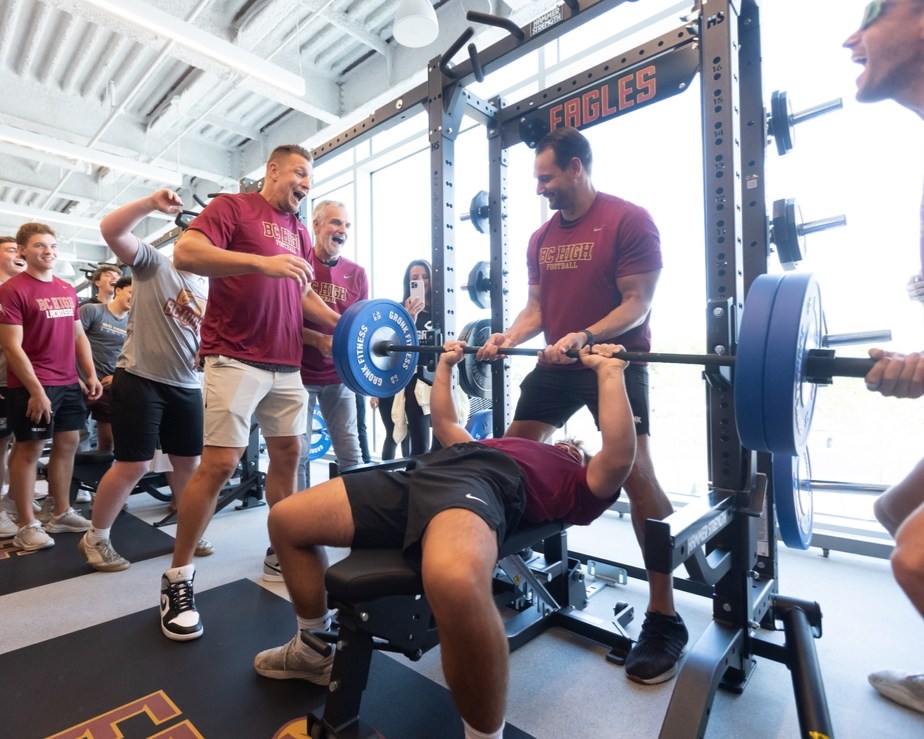
Last month, former NFL All-Pro tight end Rob Gronkowski partnered with a school alumnus to drop $50 million on a new facility for Boston College High School (Mass.). The former New England Patriots star supplied the high school with equipment from his company, Gronk Fitness, which he owns with his father and four brothers.
Cadigan Wellness Complex features top-tier amenities like a nutrition room, weight room, pool, basketball courts, and cardio facilities for students. BC High is a Catholic prep school near the campus of Boston College.
Gronkowski called the project “the best high school facility I’ve ever seen in my life.” He even commented that the Boston College High School’s gym is now better than Boston College’s. With the investment, “Gronk” gives back to the greater Boston community he called home for over a decade as a member of the New England Patriots.
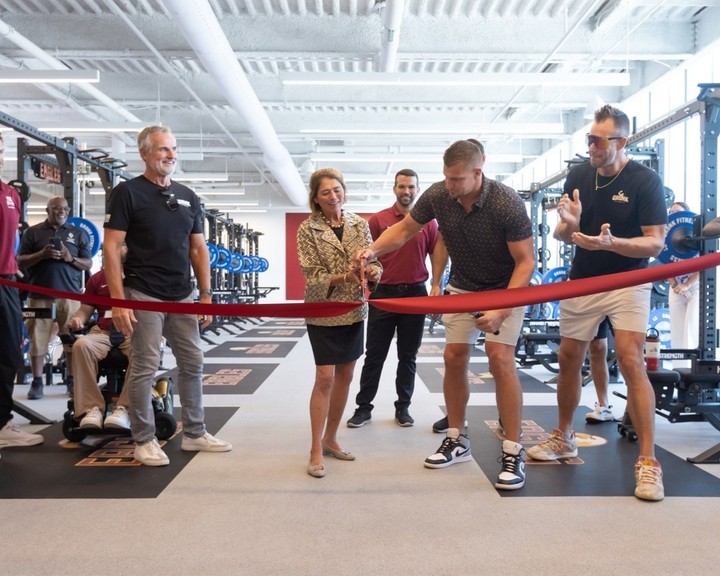
Home on the Range
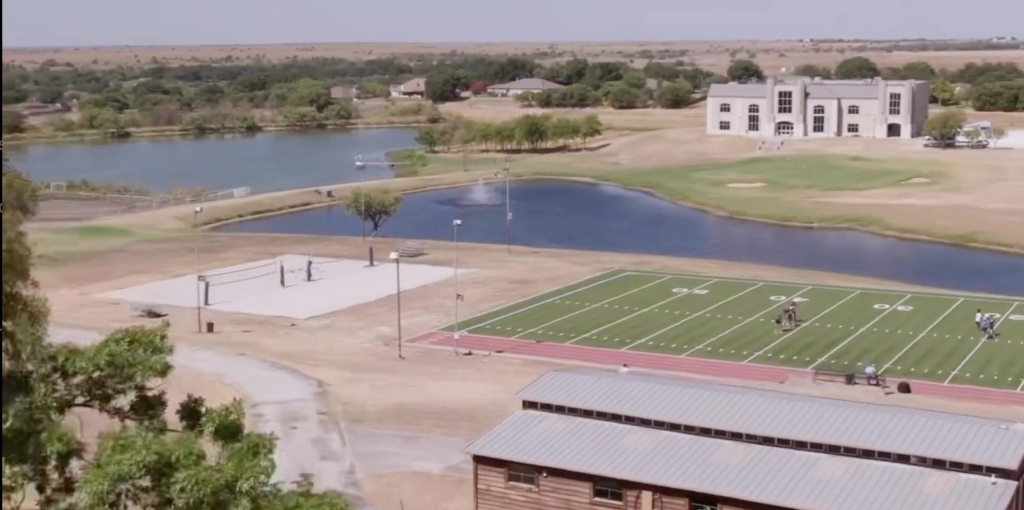
Former TCU linebacker and businessman Mike Dry founded Athletic Performance Ranch in Texas in 2012. It has since grown into one of the largest sports centers in North Texas. AP Ranch is aptly named; it sits on a 700-acre cattle ranch in Ft. Worth.
It includes a 9,000-square-foot gym, an Olympic track, a football field, a soccer field, and much more.
The facility serves roughly 1,200 students, most of whom use the ranch for free as a part of partnerships with local schools and programs for low-income families. Ever-expanding, Dry told the Sports Business Journal that he wants to add an 1,800-seat track stadium and a $30 million student union.
The ranch not only serves youth athletes, but pros as well. Heisman Trophy winner Travis Hunter, NBA champion Kyrie Irving, and 2025 top NFL draft pick Cam Ward have all visited and trained at the facility. In today’s sports landscape, kids are getting better than ever by using the same facilities as the best professional athletes on Earth.
Buford Breaks the Bank
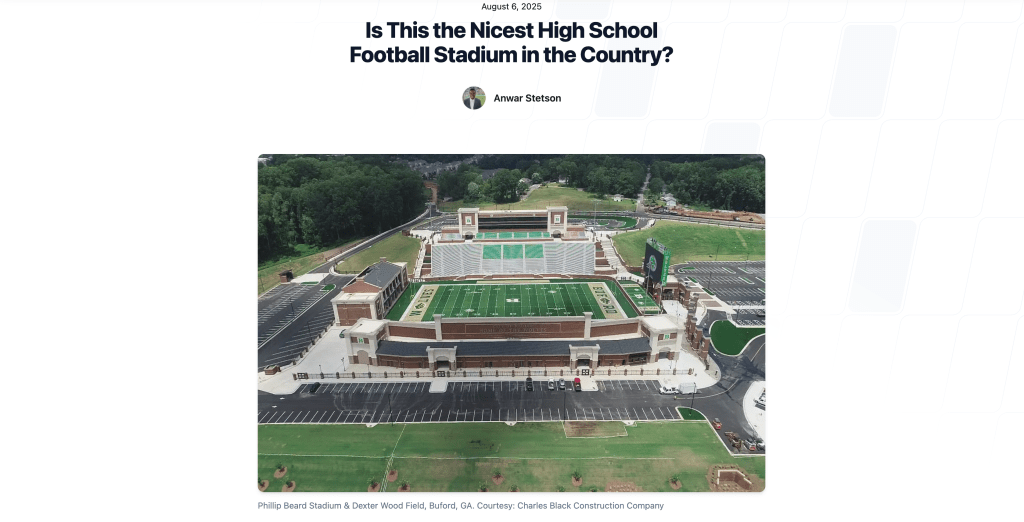
The athletes aren’t the only ones benefiting from investment in sports. The fans are also getting top-tier experiences. Check out the most expensive high school stadium in Georgia state history, and one of the most expensive in America.
Buford High School’s Phillip Beard Stadium debuted and instantly made waves. Buford High School, like some other major high school football stadiums, was built with public funds supported by the local community. The stadium shows that private schools and prep academies aren’t the only places where top-tier investments shine.
The Rich Get Richer
These and many more examples highlight the major investments being funneled into youth sports. But is it equitable across America? Unfortunately, while many youth athletes reap the massive benefit of increased youth sports investment, some families are unable to tap into resources for high-level youth sports.
Though major projects in both the private and public sector are giving student-athletes more opportunities, like in the case of AP Ranch and Buford High School, nationwide some families could get left behind. Read more about the growing differences in youth athletic resources developing below.
